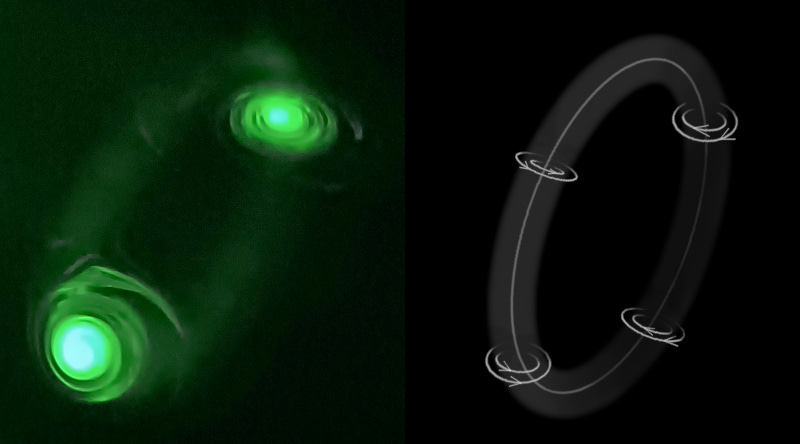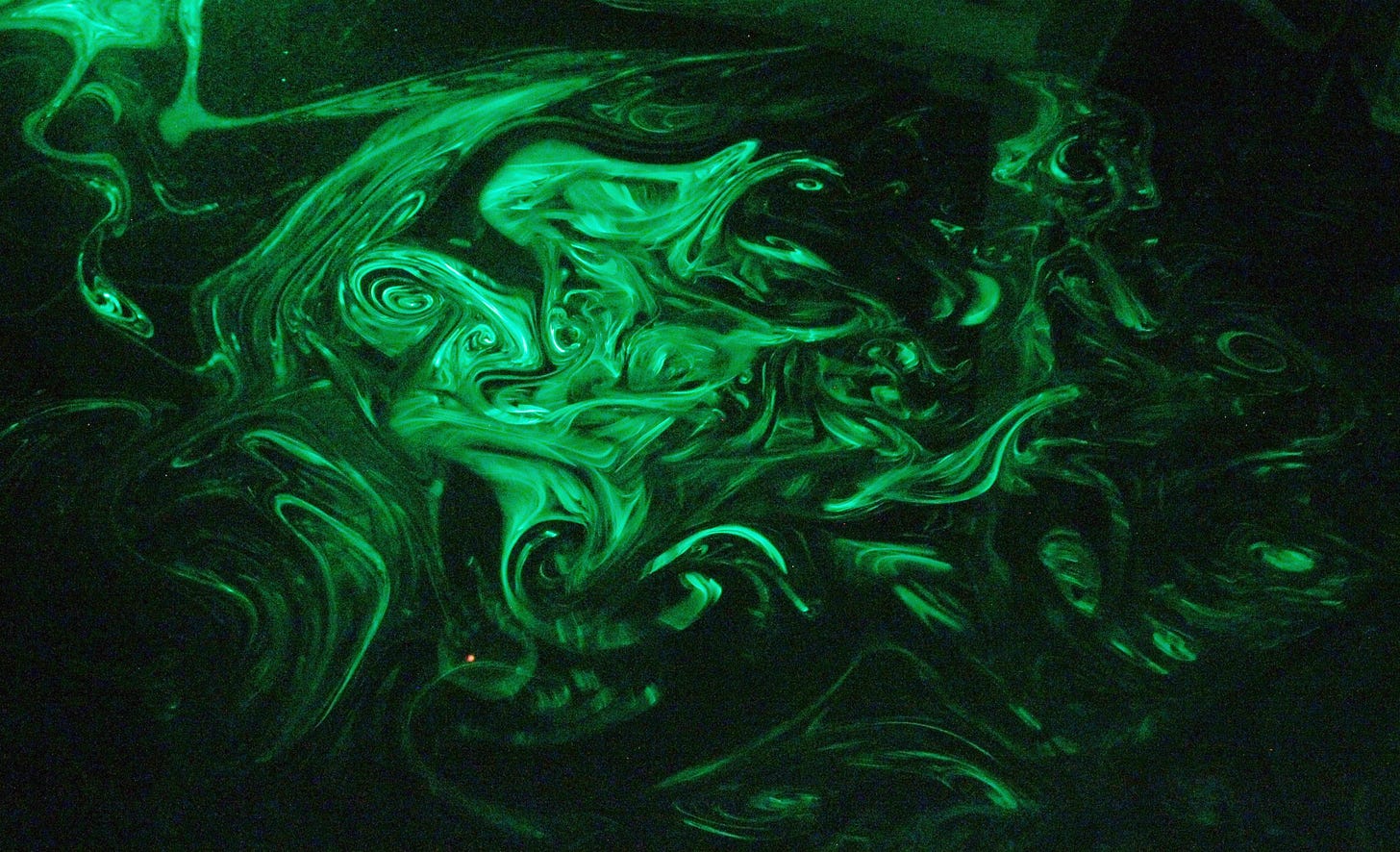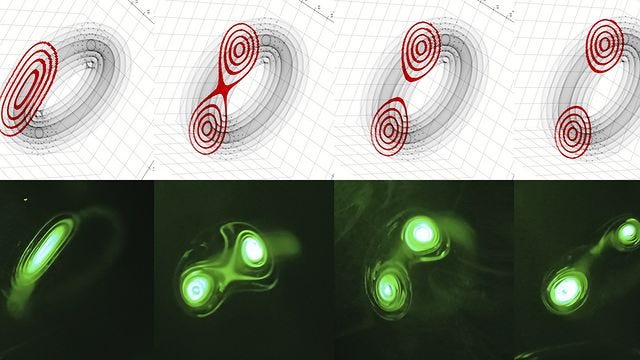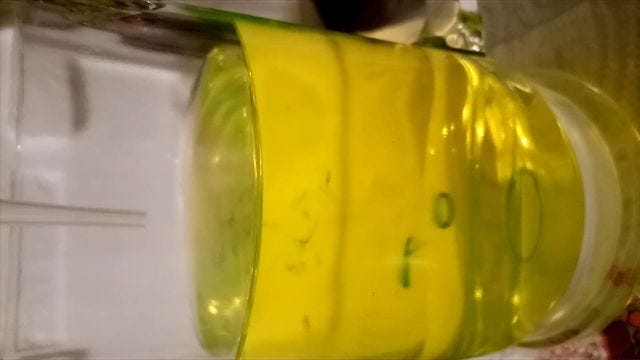A vortex biting its own tail
Every breath you take, every move you make, every step you take, vortices are watching you!
In my county, captivating tales circulate about sightings of the mythical creature known as Aquarius, said to manifest itself within the meandering waters of the local river Mura. In ancient, pre-Christian times, Aquarius was revered as a water deity; however, contemporary lore has relegated it to the role of a malevolent supernatural being residing within the water. Often found in proximity to mills, Aquarius is said to ensnare those who act carelessly in water, demonstrate sinfulness, or venture for a swim after nightfall. Employing a whirlpool, it drags its unsuspecting victims down to the depths, compelling them to serve in a submerged glass castle. A glimpse of the swift river Mura explains the myths - the current is rapid, full of strong whirlpools capable of submerging and engulfing unwary swimmers.
Whirlpools are a recurring phenomenon in our daily life. We encounter them routinely, whether it's observing the draining of a sink or bathtub, the swirled patterns in a cup of stirred coffee, or even the spiral motions present when flushing a toilet. Whirlpools, characterized by their vortical nature, are a result of the rotational movements within fluids. On a grander scale, analogous vortices manifest in the atmosphere, with examples like tropical cyclones and tornadoes. In the vast expanse of gaseous planets such as Jupiter, colossal cyclones dwarf our planet in size.
These are all examples that you can see with the naked eye or a camera in the right position, offering glimpses into this captivating world of swirling dynamics. What you probably don't know is that vortices are all around your body right now. The air is in a constant motion, invisible to our eyes. Sometimes we get a glimpse of this swirly world when we are enveloped in a haze of smoke. The minuscule smoke particles, measuring between 0.1-1 micrometre, are effortlessly carried by the currents of air, unveiling a tantalizing view of this hidden, swirling cosmos, set in motion by the very act of moving our bodies or exhaling.
The experiment I'm about to show employs a trick involving smoke to render air vortices visible. My specific focus centers on a remarkable variant of vortices: vortex rings! Envision an extended vortex resembling a tornado or a waterspout, contorting to the extent that it forms a closed loop, seamlessly connecting its beginning and end to form a perfect circular ring. Once generated, these vortex rings exhibit remarkable stability, gracefully traversing through the air for a considerable duration.
Vortex rings are not just beautiful, they are also in our hearts. Quite literally, because the shape of the healthy heart is optimized for vortex ring formation. In a helicopter, however, you don't want vortex rings to engulf the rotor because you can crash. You also don't want to be below a thunderstorm cloud when it drops a microburst - a strong downdraft wind that creates a vortex ring on the ground with destructive wind speeds.
What we want in our experiment are small vortex rings. To make them you need a container (a box or a tin can) that has one side closed with an elastic membrane (I use a latex glove), and a circular hole on the opposite side. We will fill the container with smoke and then just s light push on the membrane produces a puff of smoke, forming a vortex ring as it emerges from the hole.

The smoke rings can be made visible using a green laser light, as red light lacks efficient scattering properties on smoke particles. Exercise extreme caution when handling lasers, given their potential to damage your eyes upon direct exposure to the light beam. Be mindful of potential reflections that could direct the laser light into your eyes unexpectedly. Optimal safety measures involve the use of protective goggles designed for the laser's specific color (ordinary goggles are useless).
The practical problem in making smoke visible is that laser pointers have a very narrow beam. However, a workaround exists: attach a glass rod, like those found in chemistry sets, to the front of the laser pointer. This will reshape the outgoing light into a wide beam along a thin plane. Also, you need something to produce smoke. I'm using a mosquito-repelling coil. It stinks a bit, but as a side benefit mosquitoes have no desire to come close to the room.
Finally, make the room dark, release the smoke and turn on the laser (be careful not to shine it into the eyes). The laser light will make a slice of the smoky air visible. Swirls and flows will shine brightly, performing their intricate dance. This dance is air turbulence and it has its own interesting story of how the energy is transferred through the fluid.
However, our primary interest lies in vortex rings, which maintain their distinctive shape and can travel considerable distances. Viscosity (the internal friction of a moving fluid) erodes the rotating fluid, which we see as small vortices left behind the passing vortex ring. The ring eventually stops and then slowly dissipates away.
You can easily create vortex rings in water, too. Just take food coloring and carefully let drops fall into the water. You will notice how drops change their shape into vortex rings.
You can also explore how a vortex ring behaves if the opening on your container is rectangular. Or explore why some puffs do not form stable vortex rings. If you launch your rings perpendicularly to the laser plain, you will see that stable rings have a nice circular shape, while unstable rings end up deformed in a flower-like shape.







